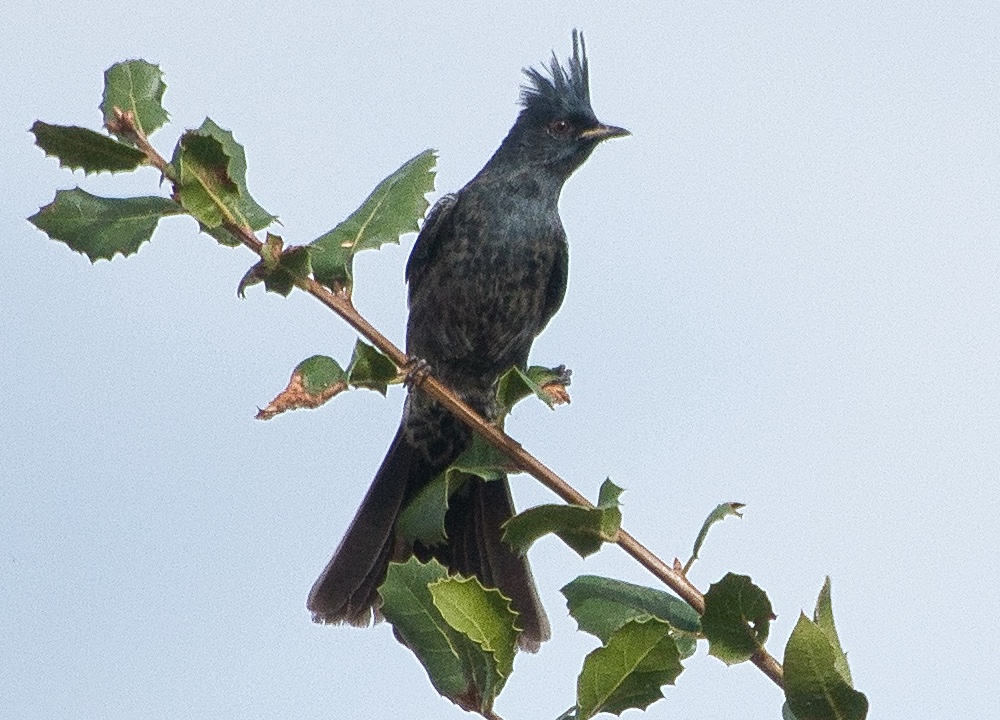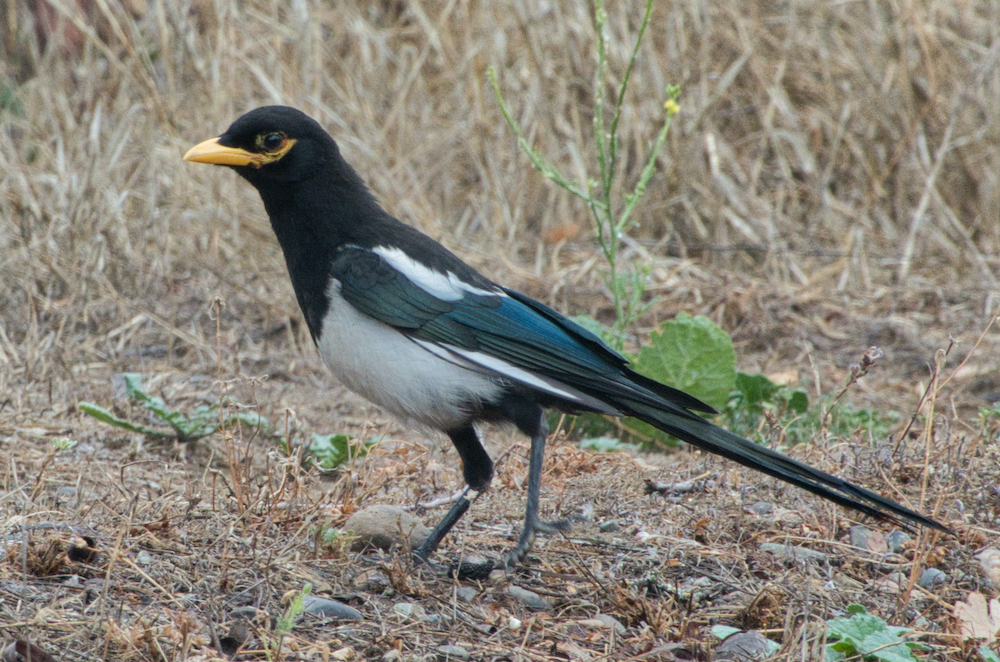
Always wanted to learn more about birds but not sure where to start? Join Shasta Birding Society for a family and beginner friendly bird walk at the benches by the Sundial bridge at 9 am to walk the Turtle Bay Sanctuary Trail and discover the hidden world of birds all around us! The trail is wheelchair accessible and benches are found throughout. The walk will last about an hour. Binoculars are provided. Join Rebeca Ladrón de Guevara as we take a leisurely one mile walk along the Turtle Bay Sanctuary Trail. This walk will begin at the south end of the Sundial Bridge and take us along the Sacramento River to view waterfowl, woodpeckers, raptors, sparrows, and more. One of the best attributes of this trail is that we cannot only enjoy the excellent views along the river, on the other side of the trail we will be able to find several species of songbirds. Raptors are common in the area, including the Bald Eagle and Osprey. Park in the Turtle Bay Parking Lot. Rain cancels.

Always wanted to learn more about birds but not sure where to start? Join Shasta Birding Society for a family and beginner friendly bird walk at the benches by the Sundial bridge at 9 am and discover the hidden world of birds all around us! We will start birding across the iconic Sundial Bridge and continue inside the botanical garden. The trail is wheelchair accessible and benches are found throughout. The walk will last about 1 hour. Binoculars are provided. Join our trip leader, David Garza and other local birders, as we take a leisurely one mile walk though one of Redding’s best birding hotspots. This walk will begin at the south end of the Sundial Bridge and take us north, across the Sacramento River to view waterfowl, woodpeckers, raptors, sparrows, and more. From the bridge there are excellent views of the river and surrounding mountains. On the other side of the river, and throughout the botanical garden, we will be able to find several species of songbirds. Raptors are common in the area, including the Bald Eagle and Osprey. Early autumn is a great time of year to find migrating birds passing thought the area, before they head further south. Park in the Turtle Bay Parking Lot. Rain cancels. Want more information? Contact Larry Jordan at thelarryjordan@gmail.com

Always wanted to learn more about birds but not sure where to start? Join Shasta Birding Society for a family and beginner friendly bird walk at the benches by the Sundial bridge at 9 am to walk the Turtle Bay Sanctuary Trail and discover the hidden world of birds all around us! The trail is wheelchair accessible and benches are found throughout. The walk will last about 2 hours. Binoculars are provided. Join our webmaster, Larry Jordan, as we take a leisurely one mile walk along the Turtle Bay Sanctuary Trail. This walk will begin at the south end of the Sundial Bridge and take us along the Sacramento River to view waterfowl, woodpeckers, raptors, sparrows, an more. One of the best attributes of this trail is that we cannot only enjoy the excellent views along the river, on the other side of the trail we will be able to find several species of songbirds. Raptors are common in the area, including the Bald Eagle and Osprey. Park in the Turtle Bay Parking Lot. Rain cancels. Want more information? Contact Larry Jordan at thelarryjordan@gmail.com

Location of where we will meet: 1000 Sale Lane, Red Bluff, CA. at the upper-level parking lot. South end of Sale Lane next to the Sacramento River Discovery Center.
Walking distance estimated at 2-2.5 miles (3-4 km), and most of the trails are level and paved.
Please join us on a journey with many trails at this very diverse public land with no fees. Sacramento River bisects 488 acres, at this Recreation Area of riparian forest, flowering grasslands, wetlands, and oak woodlands providing very diverse natural viewing experiences. This location is Tehama Region’s number one eBird’s hotspot. Ideal spot for migratory species in the fall and spring seasons. Also, a great home for many varieties of Sparrows, Warblers, Wrens, Woodpeckers, Waterfowl, and Wading Birds. Both the Acorn and Nuttall’s Woodpecker, California and Spotted Towhee, House and Bewick’s Wren, Yellow-billed Magpies and Phainopeplas are often found here year-round.
Recommend that you bring comfortable rugged footwear, plenty of water, snacks, and insect repellant.
Rain will cancel this event, and feel free to email me to confirm on any possible cancellations.
Trip Leader: Dan Bye, contact me by danbye56@gmail.com for more information.

Location of where we will meet: 1000 Sale Lane, Red Bluff, CA. at the upper-level parking lot. South end of Sale Lane next to the Sacramento River Discovery Center.
Walking distance estimated at 2-2.5 miles (3-4 km)
Please join us on a journey with many trails at this very diverse public land with no fees. Sacramento River bisects 488 acres, at this Recreation Area of riparian forest, flowering grasslands, wetlands, and oak woodlands providing very diverse natural viewing experiences. This location is Tehama Region’s number one eBird’s hotspot. Ideal spot for migratory species in the fall and spring seasons. Also, a great home for many varieties of Sparrows, Warblers, Wrens, Woodpeckers, Waterfowl, and Wading Birds. Both the Acorn and Nuttall’s Woodpecker, California and Spotted Towhee, House and Bewick’s Wren, Yellow-billed Magpies and Phainopeplas are often found here year-round.
Recommend that you bring comfortable rugged footwear, plenty of water, snacks, and insect repellant.
Trip Leader: Dan Bye, contact me by danbye56@gmail.com for more information.



